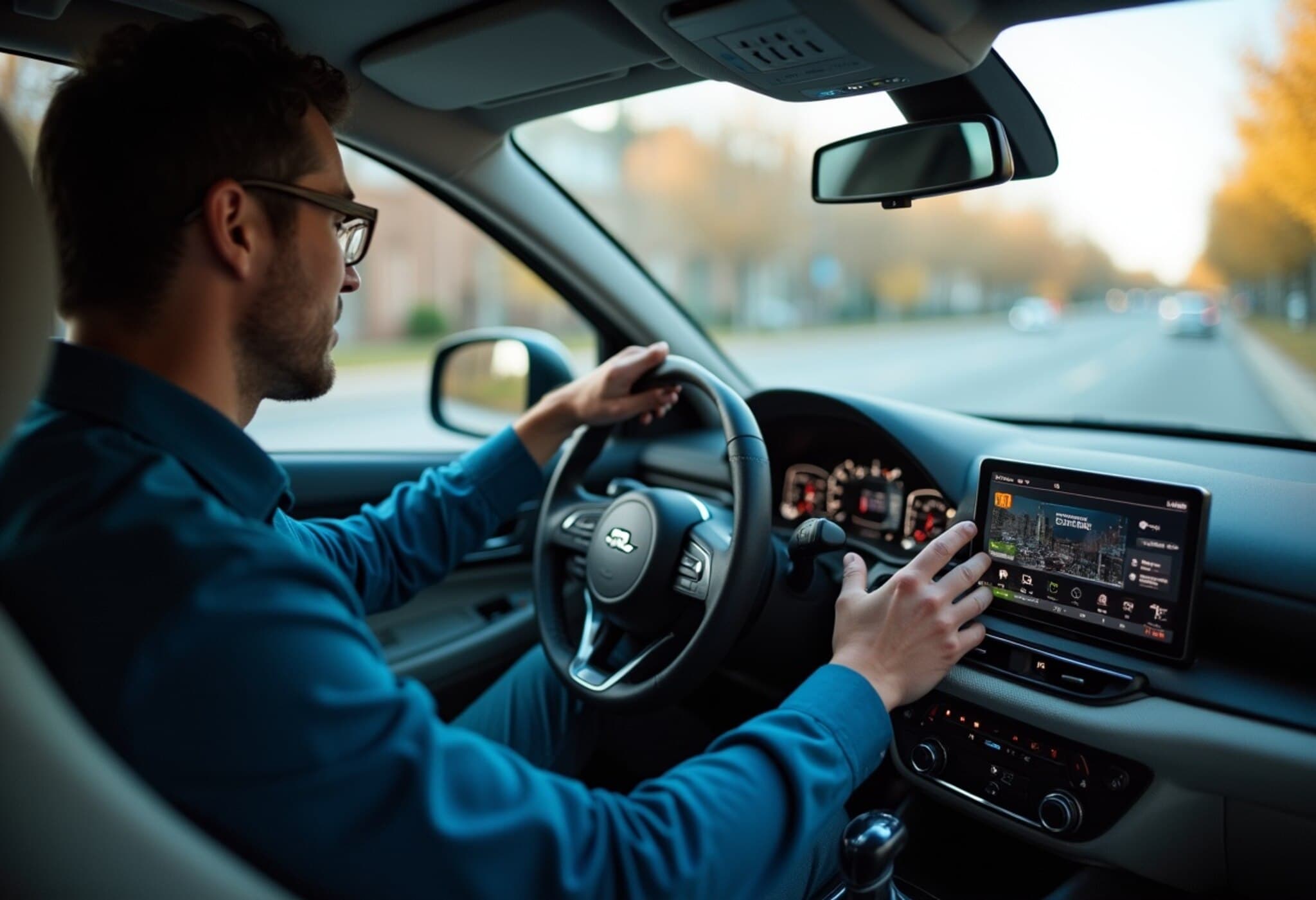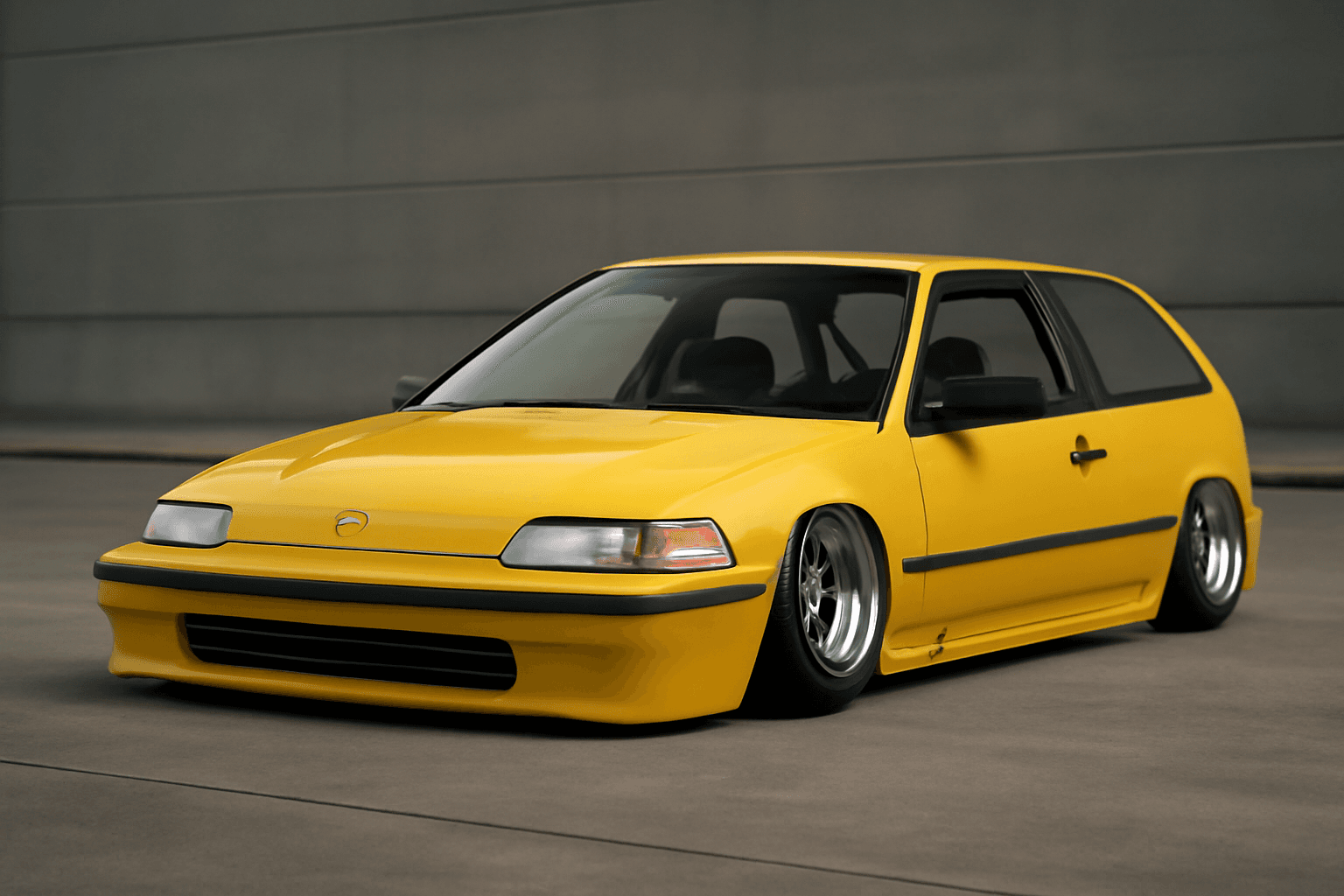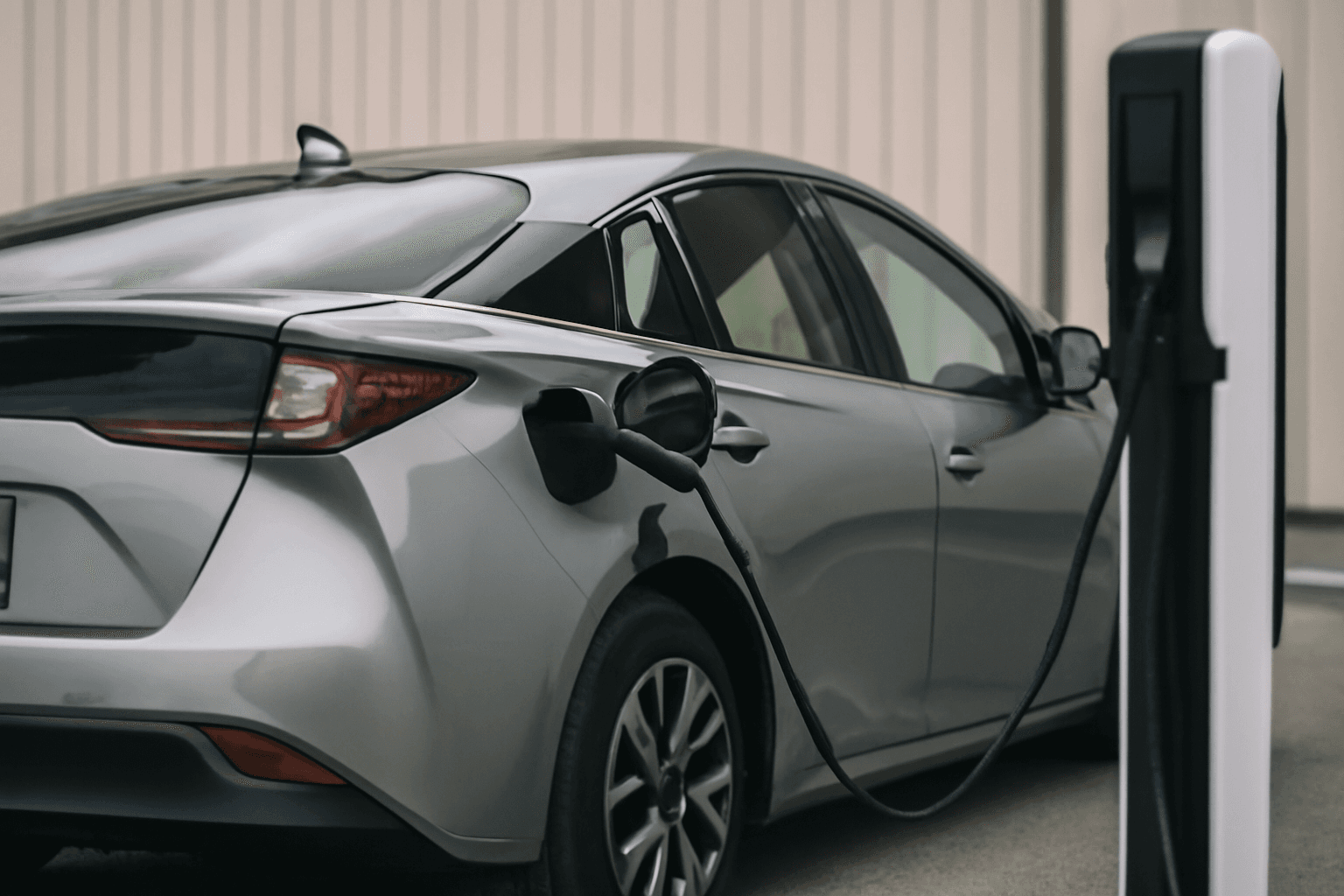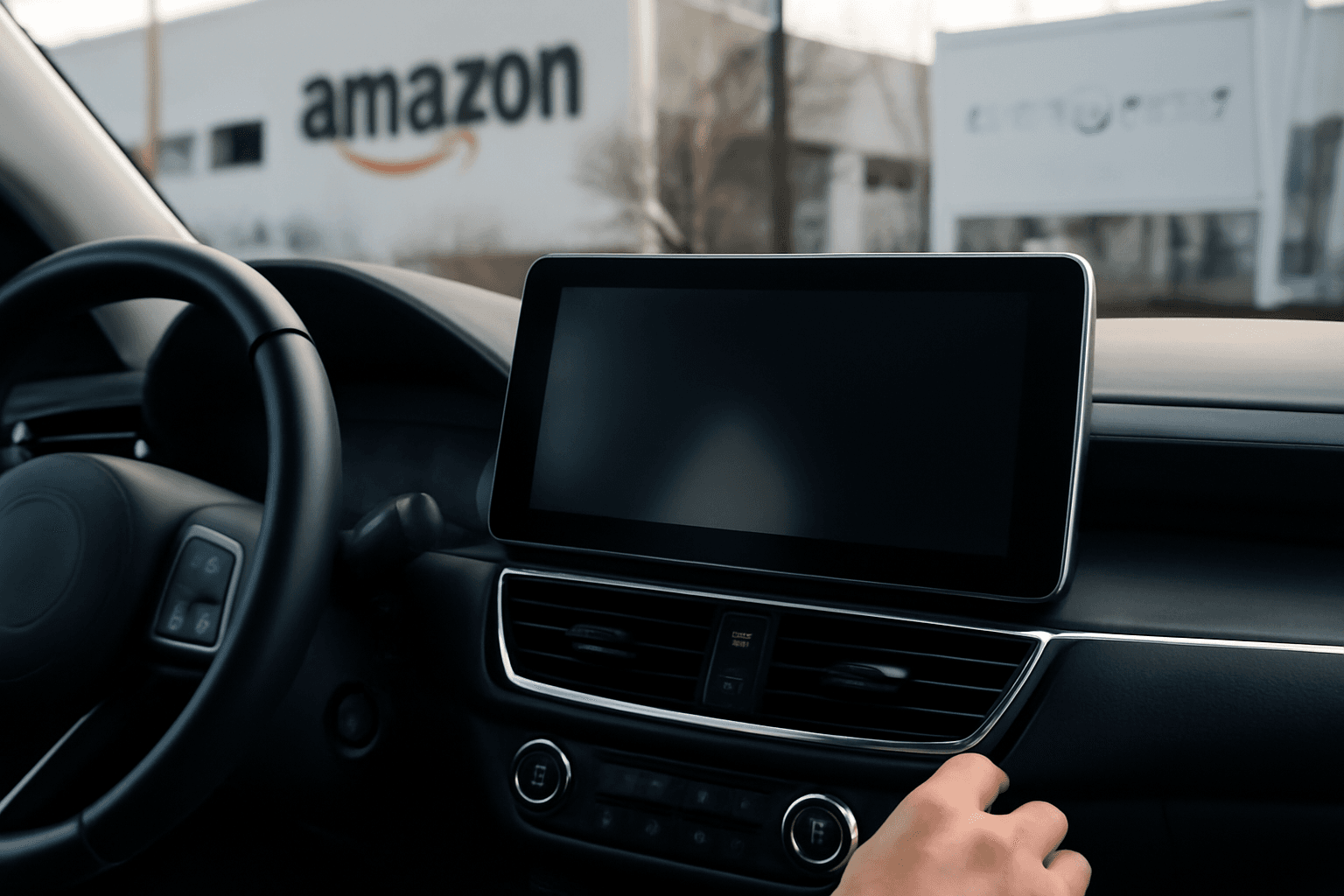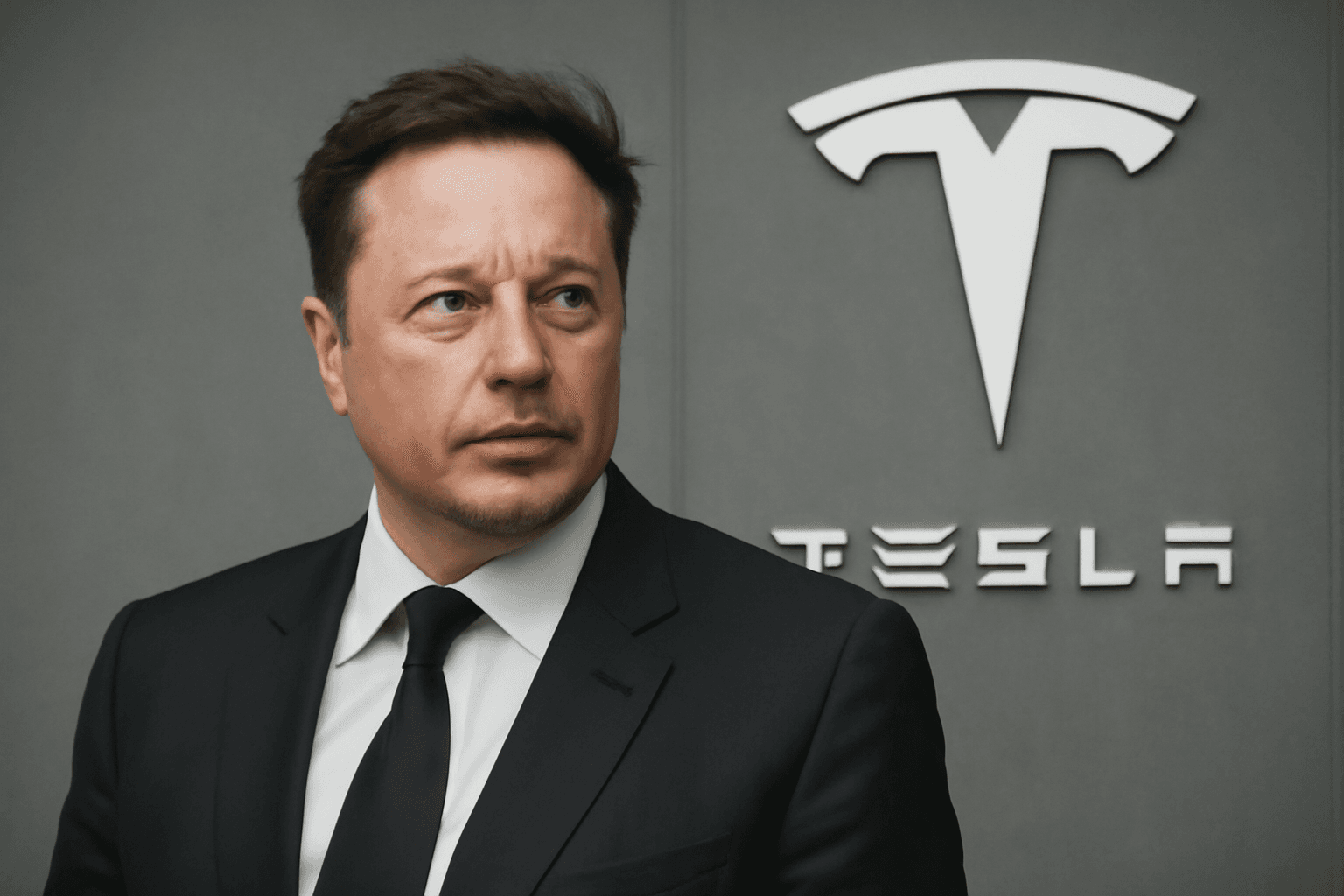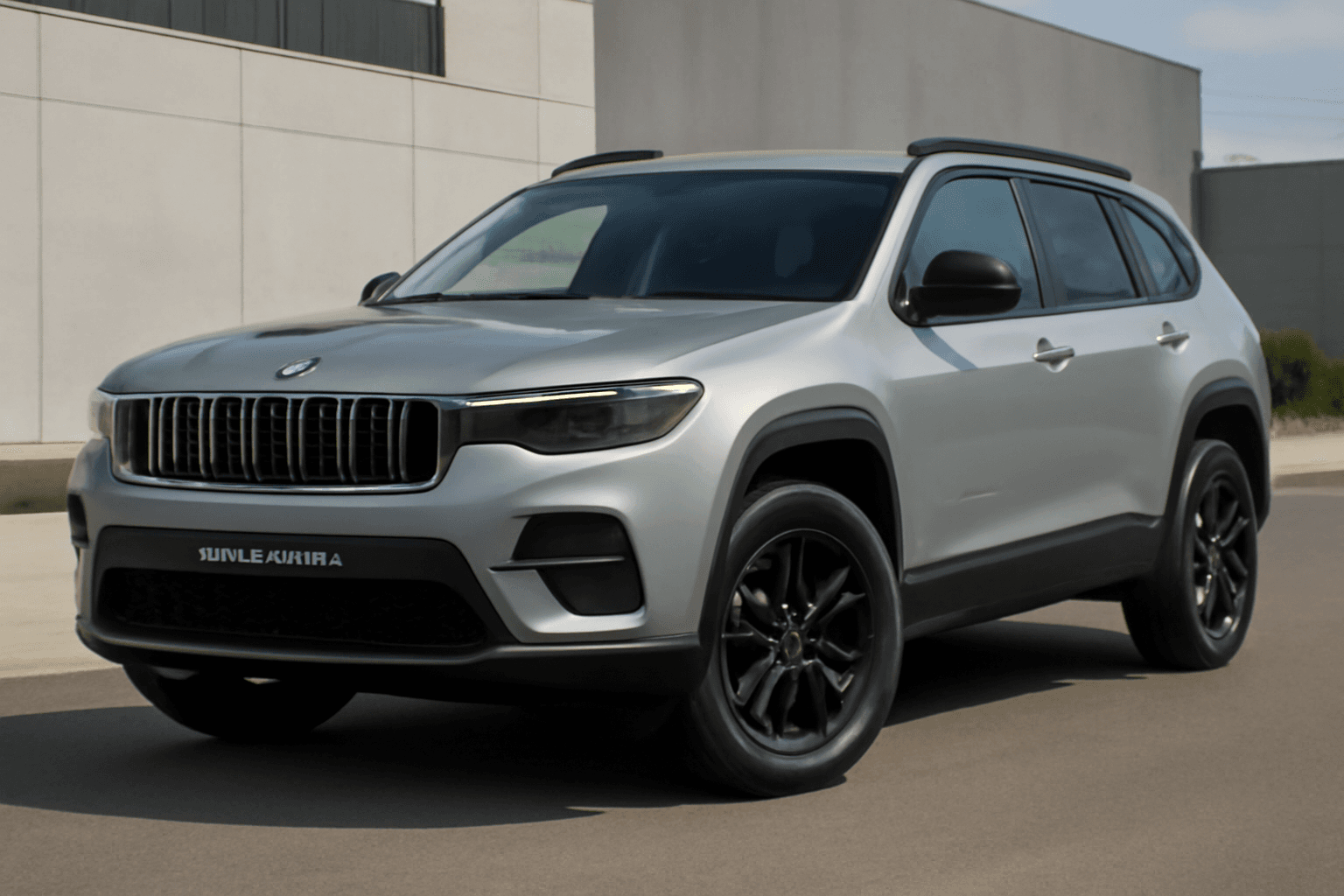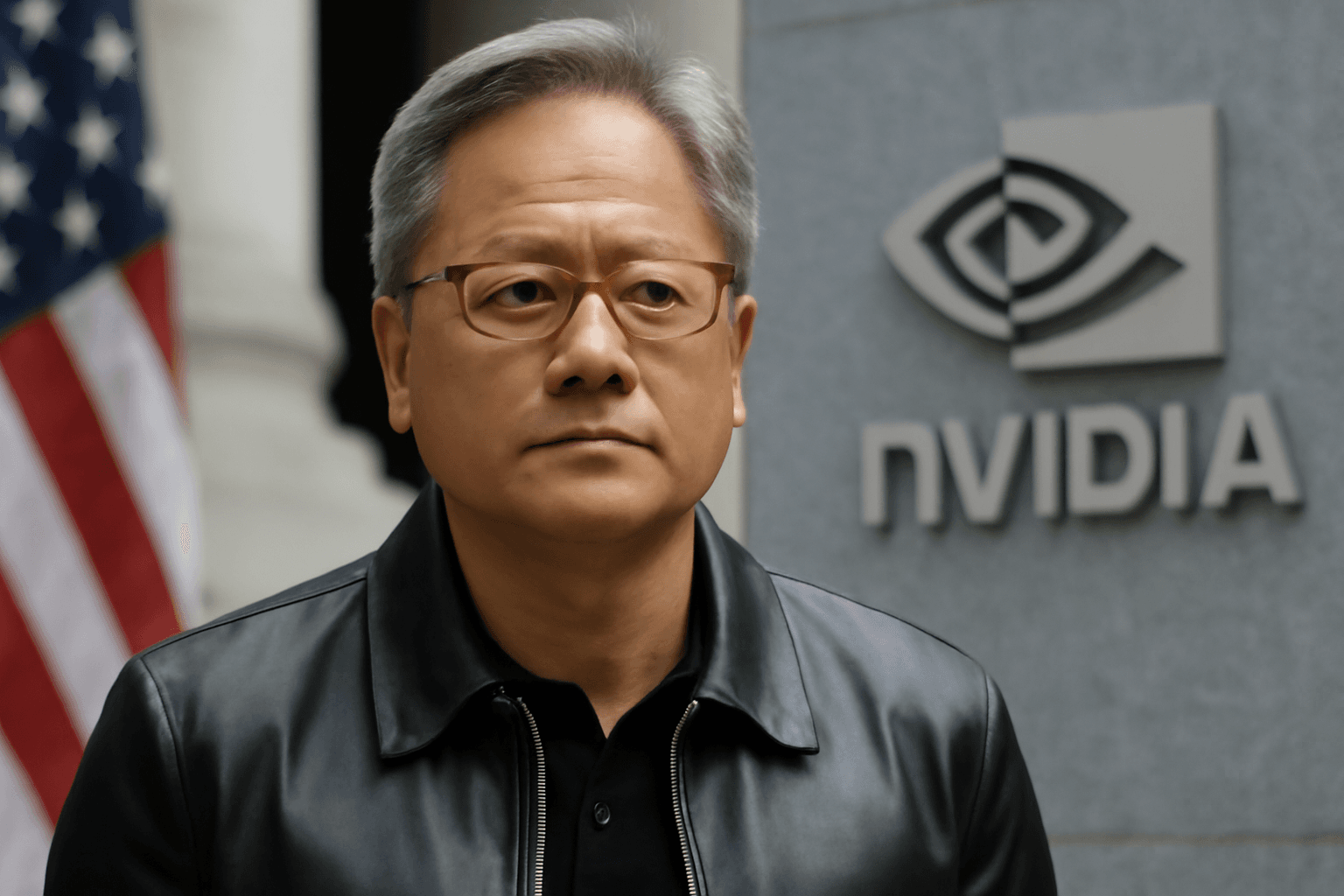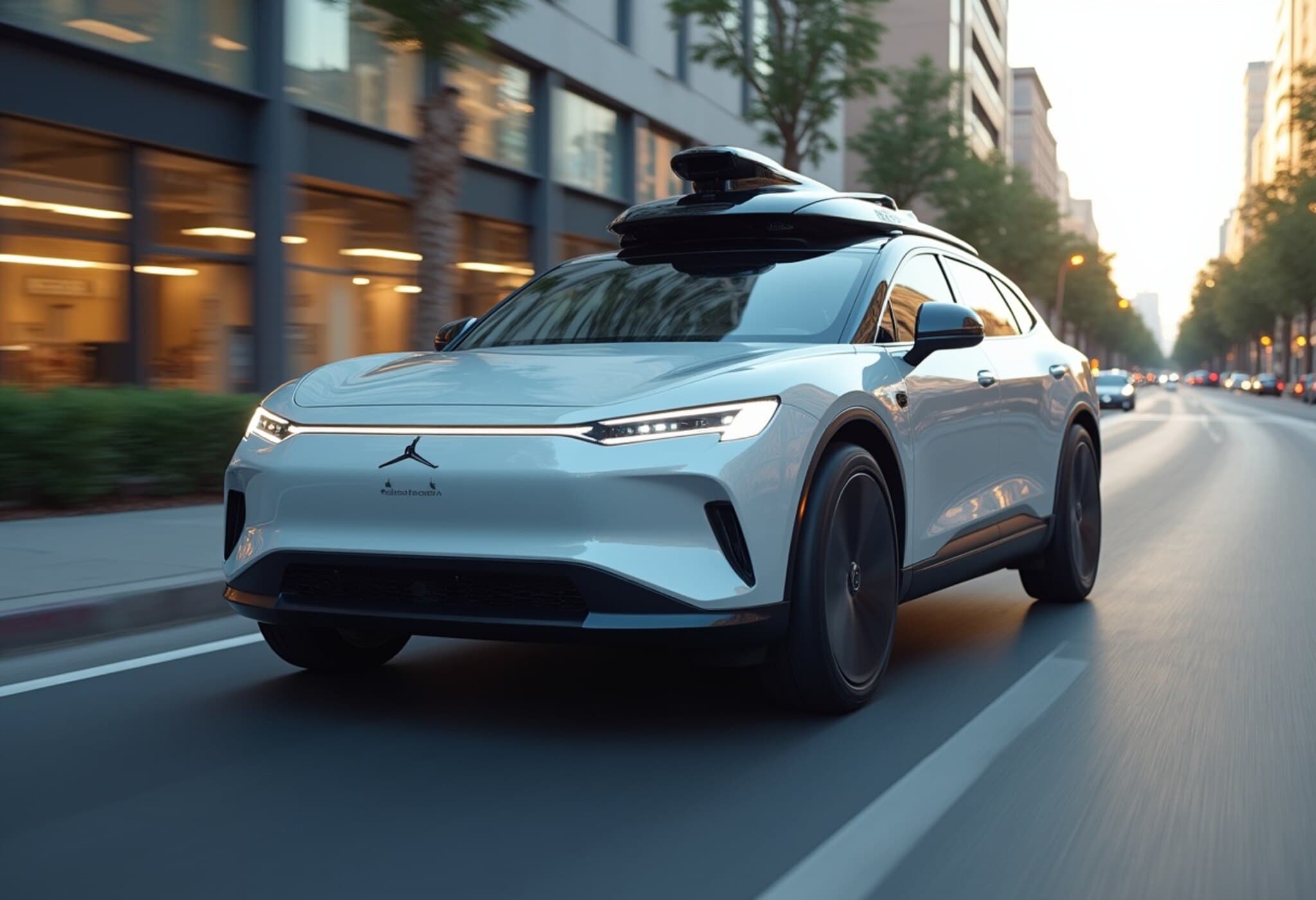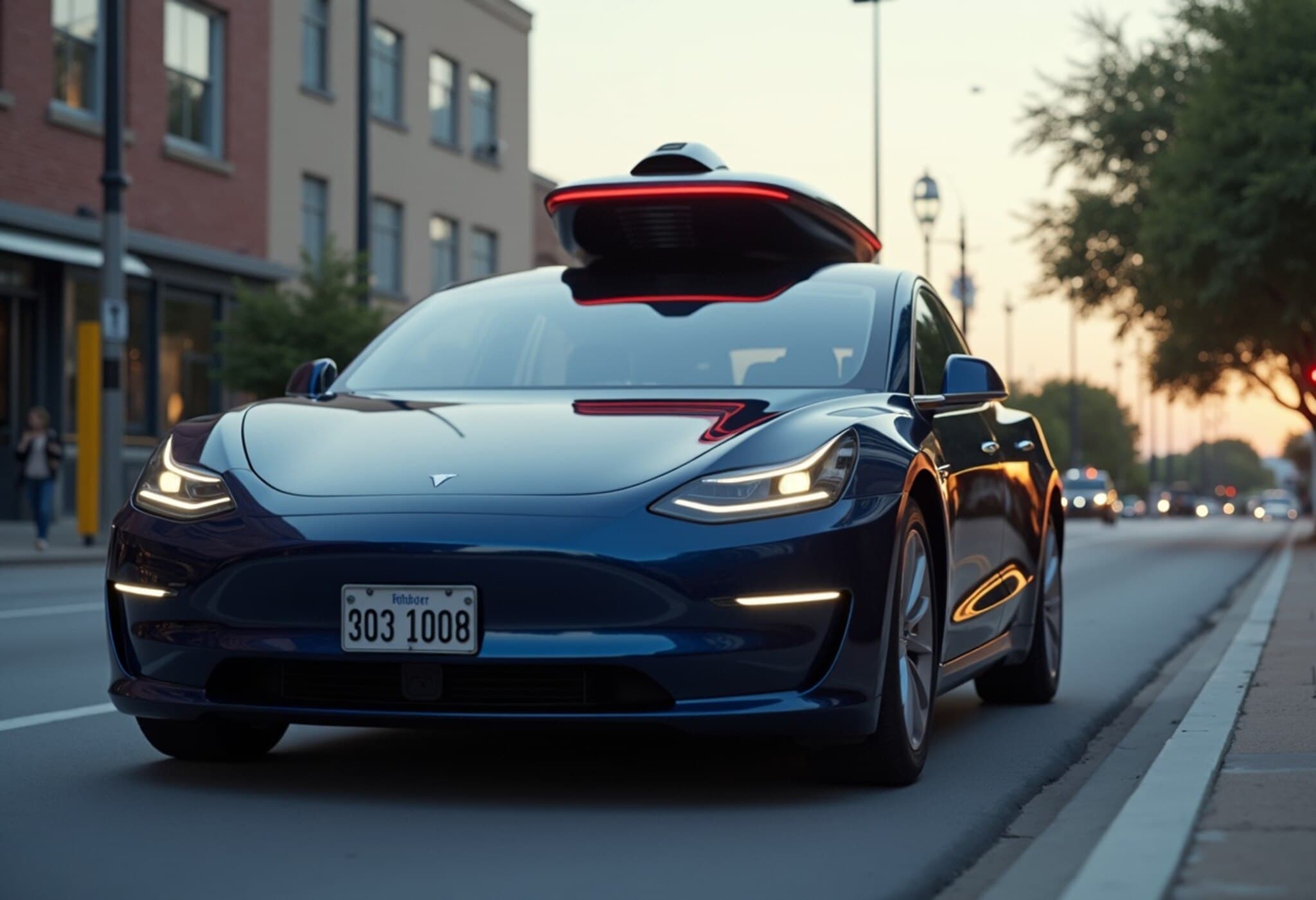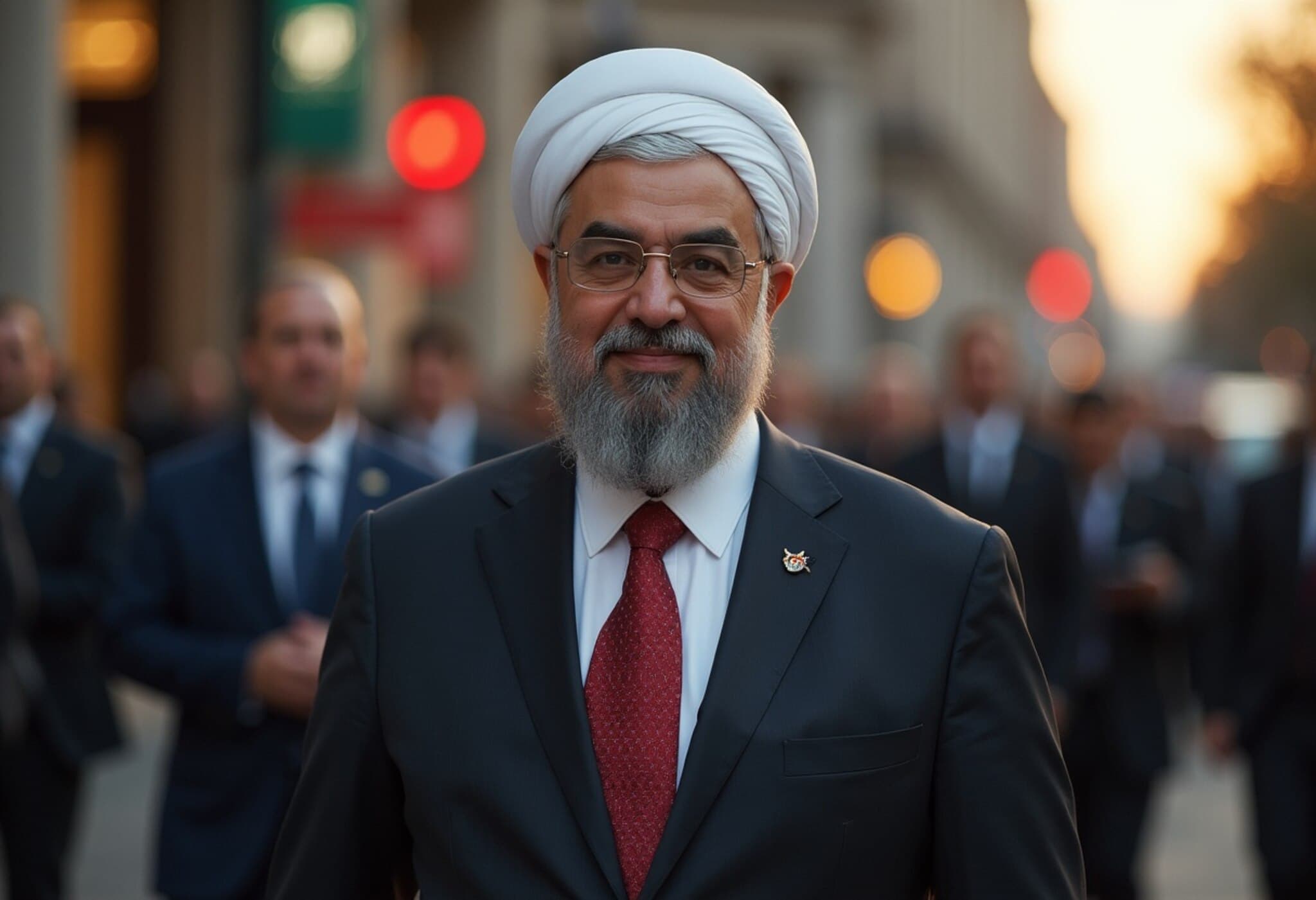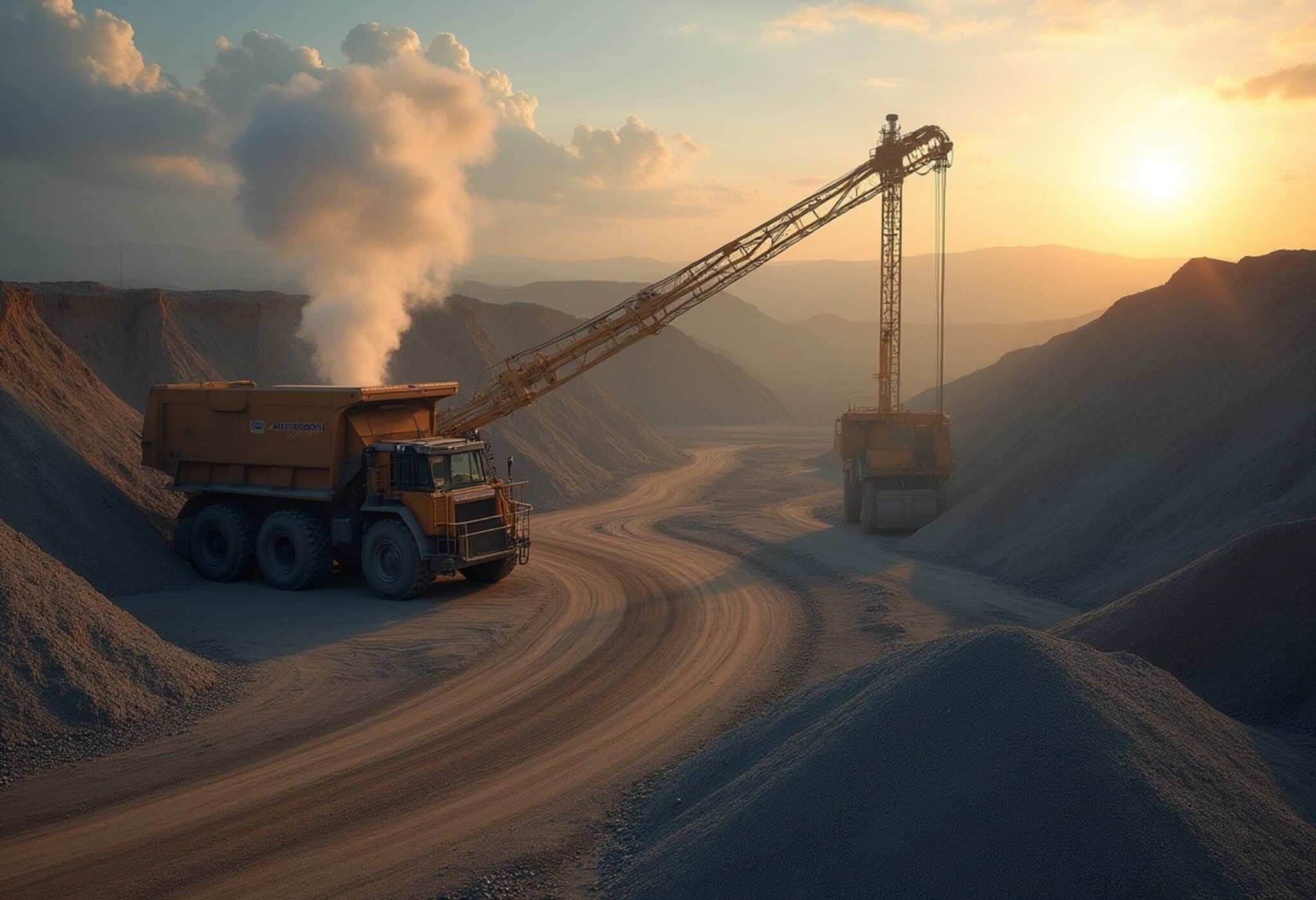Nvidia CEO Foresees a Revolutionary Decade for Autonomous Machines
Nvidia's CEO Jensen Huang recently shared a compelling vision: the upcoming years will mark a transformative period dominated by robotics, autonomous vehicles (AVs), and intelligent machines. Speaking at a major technology conference in Paris, he emphasized that this is "the decade of AVs, robotics, autonomous machines," highlighting the rapid advancements shaping the future of transportation and automation.
Autonomous Vehicles Gaining Traction Across the Globe
Self-driving cars are becoming a more common sight, particularly in the United States and China. In the U.S., companies like Waymo have launched robotaxi services in cities including San Francisco, Phoenix, and Los Angeles, bringing autonomous rides closer to everyday reality. Simultaneously, several Chinese firms—among them Pony.ai—are actively operating their own robotaxi fleets, signifying a robust adoption in that region.
Europe's Autonomous Vehicle Scene: Progress Hinges on Regulation
Unlike the rapid developments in the U.S. and China, Europe is still in the early stages of adopting self-driving technology. Regulatory frameworks remain uncertain, creating hurdles for widespread AV deployment. However, momentum is building. The United Kingdom recently passed the Autonomous Vehicles Act, a legislative milestone paving the way for self-driving cars to hit public roads by 2026.
In a significant move, a major partnership has been announced between an influential tech company and British autonomous vehicle startup Wayve. They plan to initiate trials of fully driverless rides in the U.K. starting in spring 2026, signaling growing confidence in the technology’s readiness and regulatory acceptance.
Nvidia’s Role in Driving Autonomous Technology Forward
As a frontrunner in chipmaking and AI hardware, Nvidia is at the heart of this revolution. The company not only provides cutting-edge semiconductor hardware but also develops essential software for autonomous vehicles, supporting both sensor processing and machine learning capabilities that underpin driverless operations.
With the convergence of improved technology, supportive policy frameworks, and active pilot programs, this decade is shaping up to be a pivotal era for robotics and autonomous transportation across multiple continents.
Stay tuned as these innovations continue to reshape how we move and interact with machines around us.

